Most of us know and love carne asada as thin strips of grilled beef folded into tortillas, topped with salsa, onions, and cilantro. It’s a staple of taquerías across northern Mexico, and in backyard cookouts across America. At its best, carne asada is charred on the outside, tender inside, and sliced thin against the grain. At its worst, it’s chewy and dry.
Now, here’s the great news. Making perfect carne asada is not that difficult at all. That gap usually comes down to three simple things: how the meat is treated before it goes on the fire, how it is grilled, and how it’s handled afterwards. If you follow this step by step guide, I can guarantee you that your carne asada game will be perfect going forward.
But before we get to the grilling, let’s talk about what you’re actually putting on the fire.
Classic Carne Asada Cuts of Beef
Tradition favors skirt steak and flank steak for carne asada. Both are inexpensive and full of flavor, easy to handle, and the cook fast – but they’re also lean, which makes them prone to toughness.
They are a little tricky sometimes, because they come from parts of the cow that work hard. They’re full of muscle fibers that run in long lines, plus they’ve got connective tissue that needs breaking down. Regular marinades help, but they take forever and don’t always work evenly. Between the two, there are a couple of things that differ:
Skirt steak cooks fast and has looser fibers, which makes it ideal for quick marinades.
Flank steak is thicker, so it benefits from a longer marinade and very thin slicing once cooked.
Other cuts like ribeye or sirloin will work, but they take you away from what carne asada really is: making the most of an affordable cut through preparation and technique. If you buy ribeye, you’re making steak, not carne asada. Leave it at that.
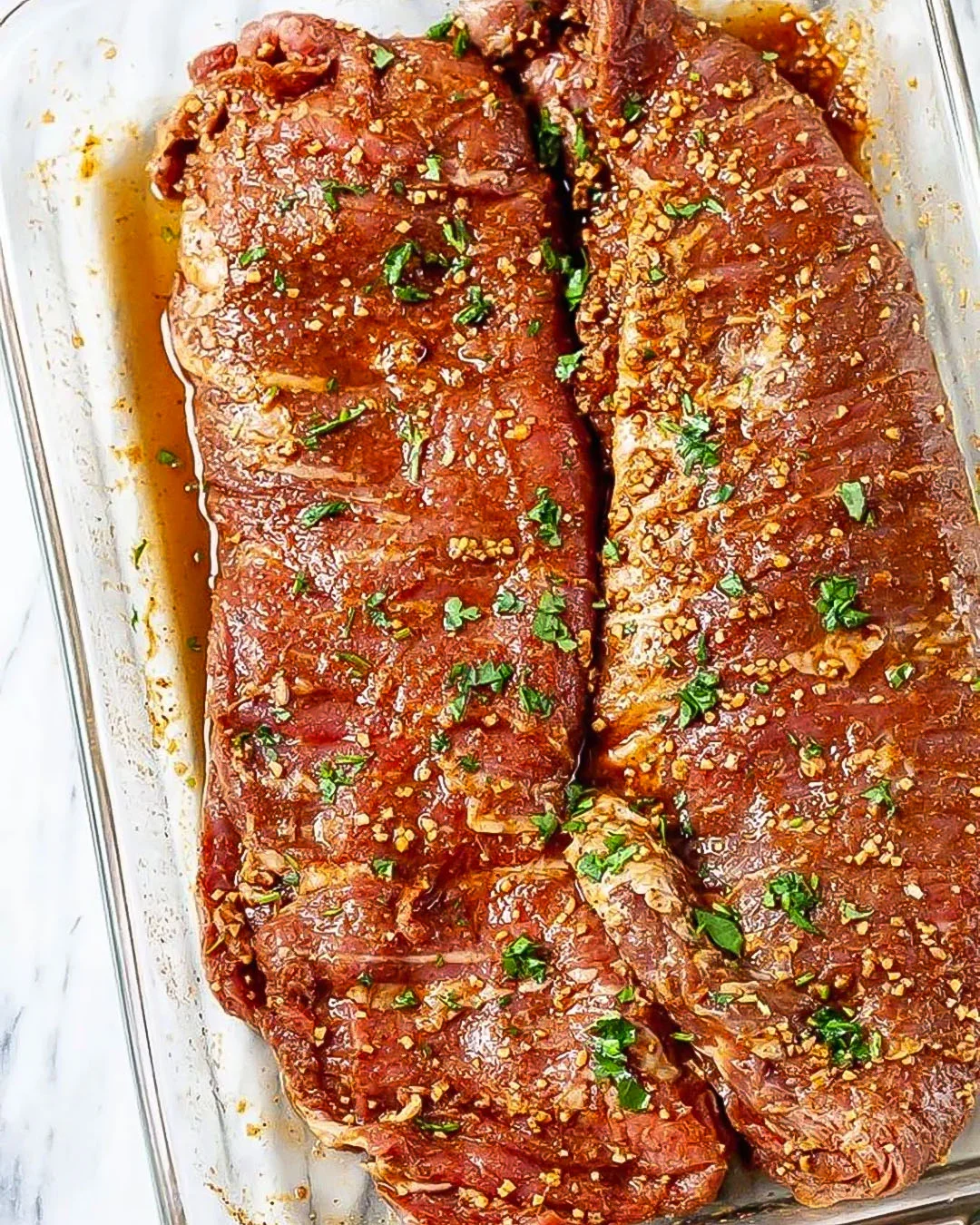
Classic Carne Asada Marinade
A good marinade does three jobs: seasons the meat, adds acidity to weaken the muscle fibers, and provides enough sugar and oil for browning. For carne asada, it also gives your final product that slightly caramelized charred flavor that we all love.
Now, Marinades in general have a couple of core elements, ranging from saltiness, to oil, to acidity, to spices and sweetness. These are core components of a good carne asada-marinade:
Soy sauce for salt and umami (Tamari if gluten-free).
Fresh lime juice for acid — don’t use bottled juice, it is flat and lacks brightness.
Oil (olive, canola, or neutral) to help with charring.
Garlic, cumin, chili powder, onion powder for backbone spices.
A touch of sugar to balance and to encourage browning.
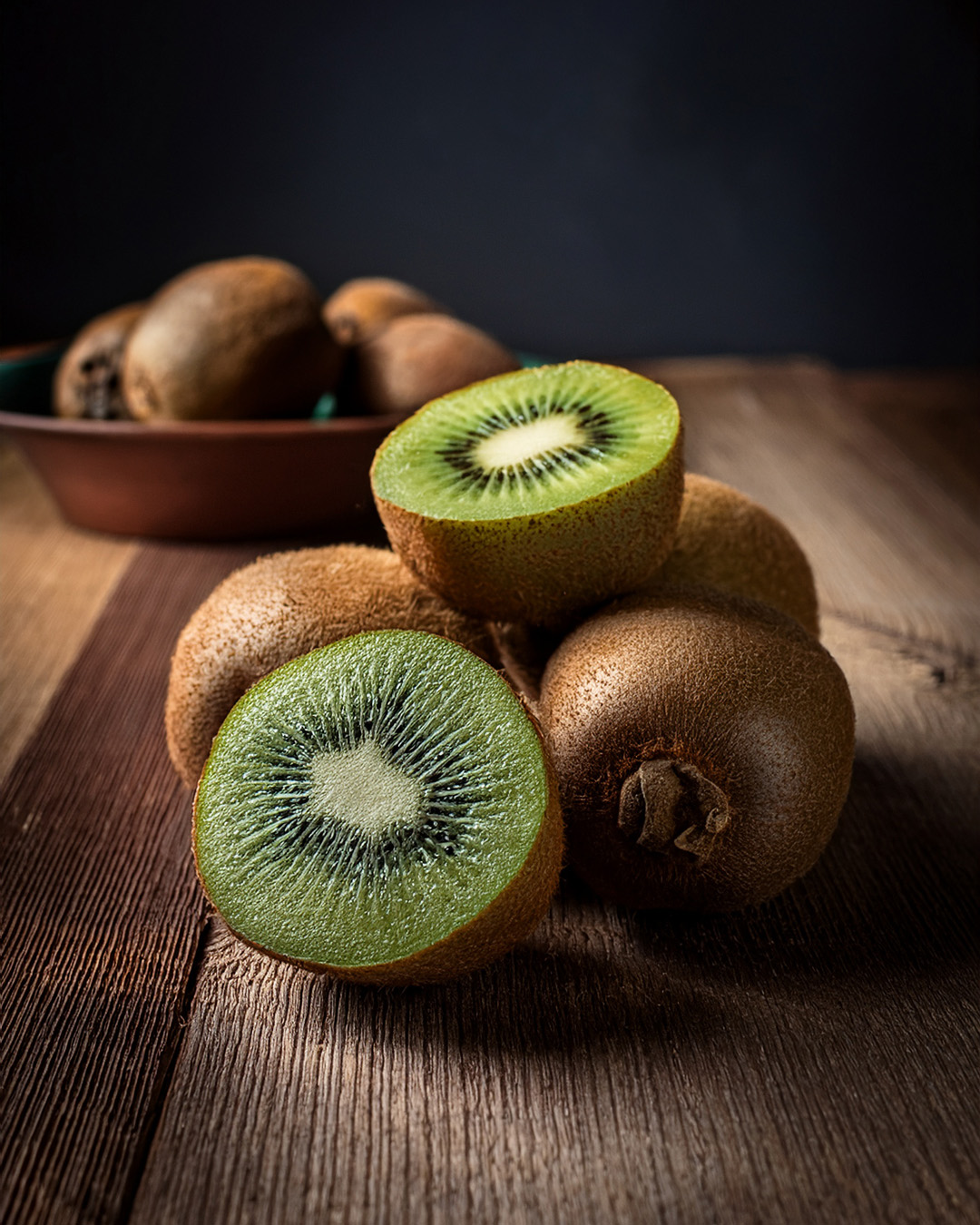
The Kiwi Trick – Tenderizing Carne Asada
Ok bear with me, because this is untraditional (although well tested in other cuisines). The most effective tenderizer you can add is… mashed green kiwi. Yes, that’s right, the old green wonder. It’s an incredible tenderizer that contains enzymes that quickly break down proteins, which is why it’s used frequently in Korean kalbi. And don’t worry, your meat won’t taste like kiwi, it just helps make the meat tender. There is really only catch: it works too well if left too long, so you will wan’t to keep an eye on that timer.
- Add kiwi only in the last 30 minutes of marinating. Any longer, and the meat can go mushy.
- The flavor doesn’t carry through; its role is purely structural.
- Marinade time: 3–9 hours in total, with kiwi in the last 30 minutes.
- Preparation: Score lightly or poke holes in the steak so the marinade can penetrate.
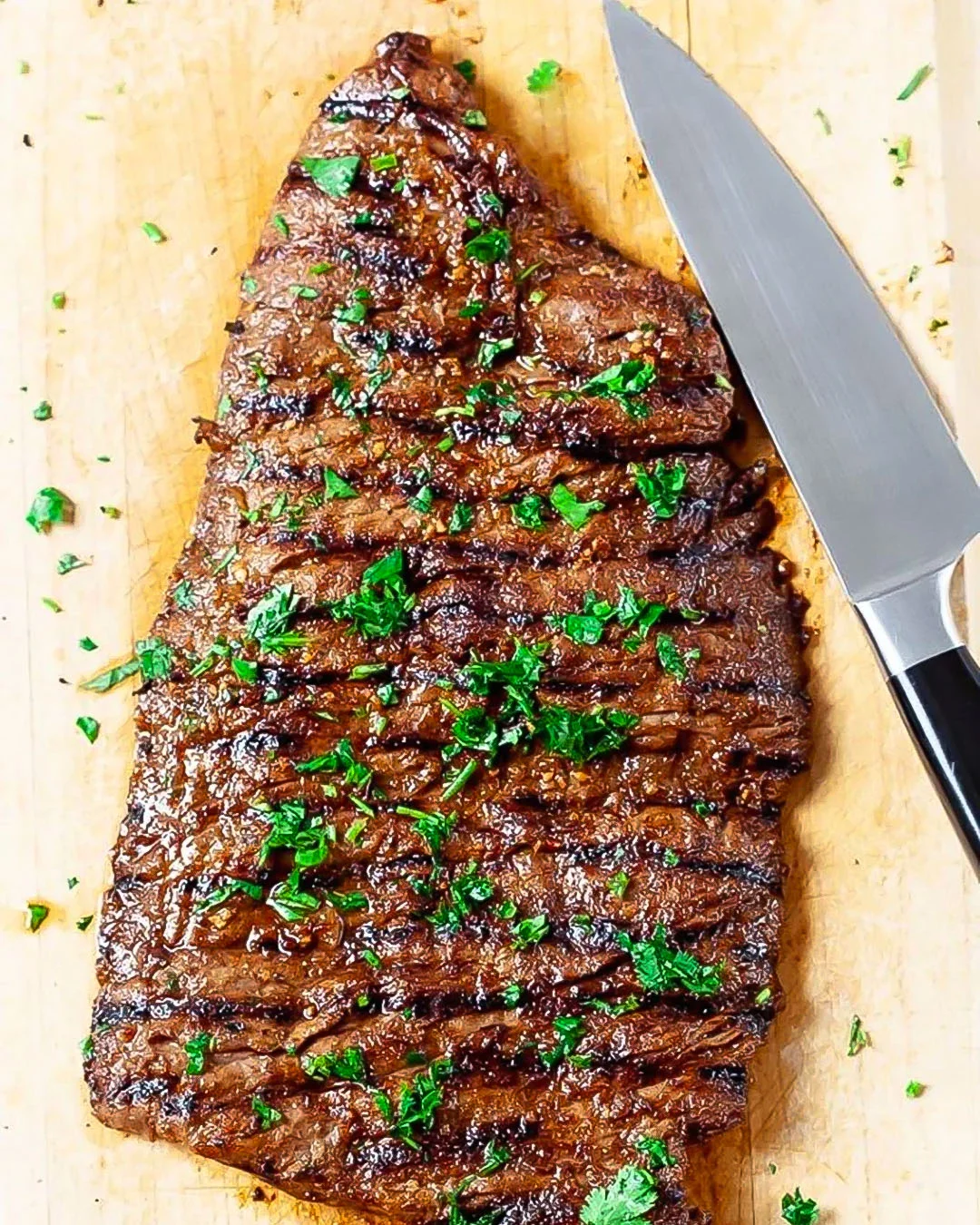
Carne Asada Grilling Technique
Ok, moving on to the actual grilling, where there are a couple of main techniques that you will want to keep in mind. None of this is difficult, but all is equally important. Let’s take a look:
Heat: The grill (or cast iron if indoors) must be very hot, almost smoking. High heat creates char before the meat overcooks.
Cooking: Skirt usually takes 3–5 minutes per side; flank a bit longer. The goal is to remove it at medium rare — any further and the meat tightens (and the meat keeps cooking for a few minutes after you take it off the grill).
Resting: Let the steak rest 5 minutes to keep juices in. This is a key step, never cut the steak immediately after you grill it. Pro tip: let the steak rest for 10-15 minutes, and then just briefly let it touch the grill again to regain some heat before you cut it.
Slicing: Always thin, always across the grain. For flank, cut the steak into sections first so your slices are shorter and easier to eat. You don’t want to see the grains going parallell with the meat, like long stripes in your slices. If you do, you’ve cut it with the grain, and your steak will be tougher.
How to Serve Carne Asada
The traditional serving is straightforward: corn tortillas, lime wedges, chopped onion, cilantro, and salsa. Carne asada can also anchor burritos, quesadillas, or nachos, but its strength is in its simplicity. The charred meat, a squeeze of lime, and a warm tortilla are enough.
Common Problems and Fixes
Still tough ? not enough marinade time, skipped kiwi, or sliced with the grain.
Dry ? grill wasn’t hot enough, forcing longer cooking.
Too salty ? reduce soy sauce or balance with extra lime juice.
Mushy texture ? kiwi was left on too long.
At the end of the day, perfect carne asada is really easy to succeed with. It just comes down to a few important things to keep in mind: the right cut, the right marinade, controlled heat, and correct slicing. Once you know that, the results are consistent — every time you light the grill.
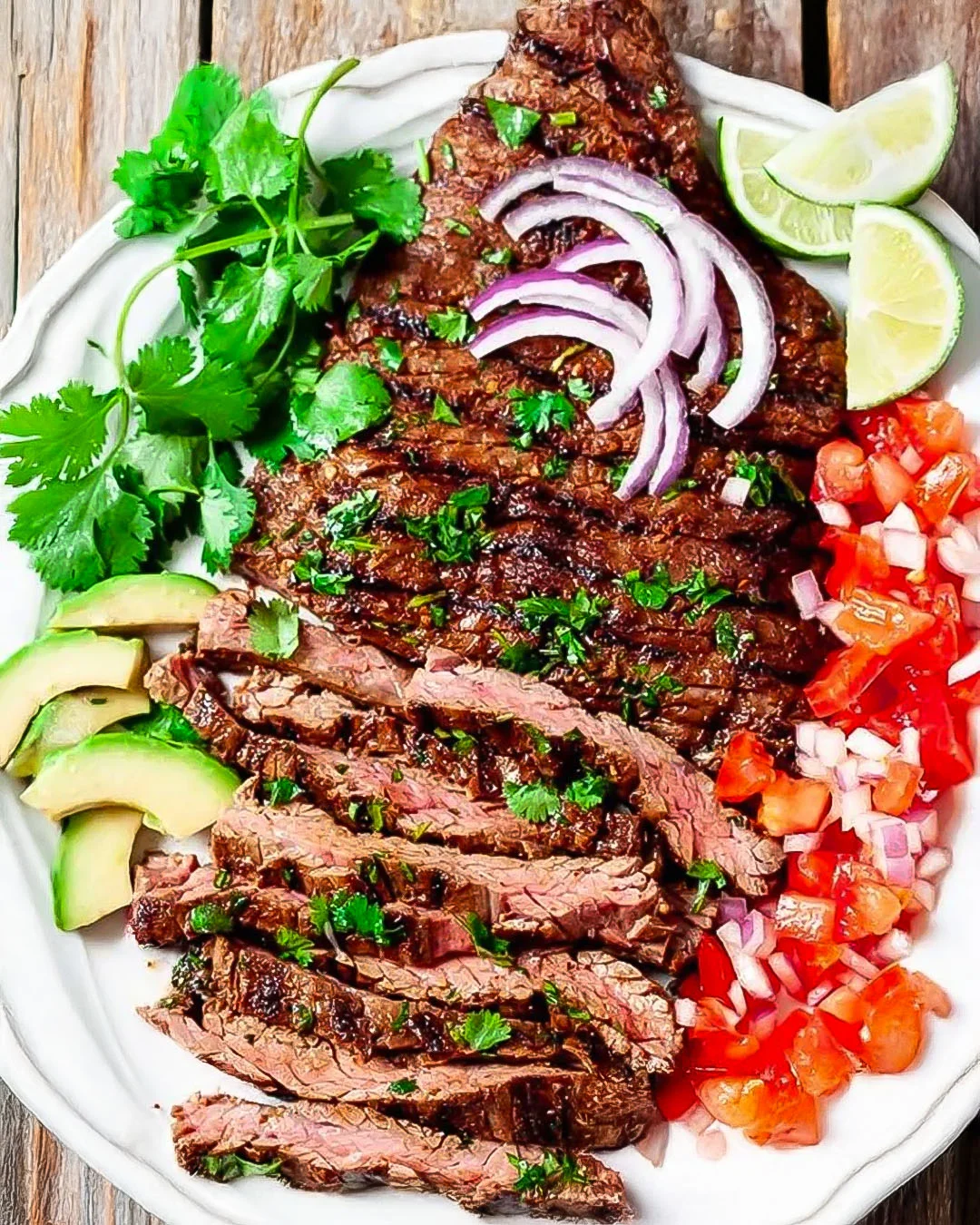
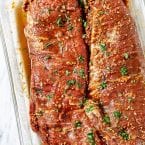
How to Make Tender Carne Asada (Skirt or Flank Steak Done Right)
- Total Time: 3 hours 25 minutes
- Yield: 6 servings
Description
Carne asada is one of those dishes are deliciously straightforward. A thin steak on the grill, perfectly charred, and sliced into tacos. Here’s how to succeed with it, every time.
Ingredients
2-3 lbs skirt or flank steak, trimmed (900 g-1.4 kg)
1/4 cup soy sauce (regular strength, or Tamari for gluten-free)
6 cloves garlic, minced
3 tablespoons freshly squeezed lime juice
2 tablespoons olive or canola oil
1 tablespoon sugar
2 teaspoons ground cumin
2 teaspoons onion powder
2 teaspoons ancho chili powder
2 kiwi fruits, peeled and mashed
Optional toppings: pico de gallo, sliced avocado, lime wedges, chopped cilantro
Instructions
In a 9×13-inch dish or large shallow pan, whisk together soy sauce, garlic, lime juice, oil, sugar, cumin, onion powder, and chili powder until well blended.
Pat steaks dry with paper towels. Using a fork, poke holes across the surface of the meat. Add the beef to the marinade, turning to coat all sides thoroughly. If using two steaks, ensure even coverage. Cover with plastic wrap and refrigerate 3–9 hours.
During the final 30 minutes of marinating, press mashed kiwi evenly onto both sides of the steak. Cover and return to the refrigerator for no longer than 30 minutes — kiwi works quickly and will make the meat mushy if left longer.
Preheat the grill to high heat until smoking. Oil the grates. Place the steaks on the grill and cook until both sides are deeply charred, about 2–3 minutes per side for skirt steak and slightly longer for flank. Aim for medium rare; thin cuts will finish quickly once the exterior is charred.
Transfer steaks to a cutting board and rest 5–10 minutes. Slice very thinly against the grain, perpendicular to the muscle fibers. Serve immediately with tortillas and toppings of choice.
Notes
Kiwi is key. Its enzymes break down tough fibers rapidly, making skirt or flank steak tender without masking their flavor.
Don’t over-marinate. Acidic marinades can toughen meat if left too long. Stick to the 3–9 hour window, with kiwi only at the end.
Grill temperature matters. Too cool, and the steak dries before it chars. Wait until the grill is smoking hot before cooking.
Slicing is not optional. Thin slices across the grain shorten the fibers, making each bite tender. Cutting parallel to the grain guarantees chewiness.
Indoor option. A cast-iron grill pan preheated until smoking works well for stovetop cooking, though it produces smoke — open a window.
- Prep Time: 15 minutes
- Marinating Time: 3 hours
- Cook Time: 10 minutes
- Category: Main
- Method: Grilling
- Cuisine: Mexican
Nutrition
- Serving Size: 200g
- Calories: 370
- Sugar: 6g
- Sodium: 320mg
- Fat: 18g
- Saturated Fat: 6g
- Unsaturated Fat: 11g
- Trans Fat: 0g
- Carbohydrates: 8g
- Fiber: 1g
- Protein: 41g
- Cholesterol: 105mg
If you liked this, you are going to love these favorite grilling recipes:
Coffee Grilled Steak: A Crust Above
Grilled Feta Cheese with Honey and Thyme
Grilled Red Wine BBQ Pork Ribs
Whole Grilled Branzino with Lemon Olive Oil and Fresh Herbs




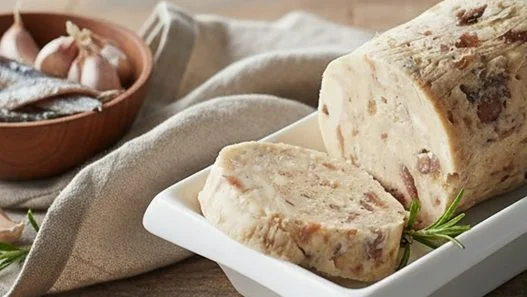

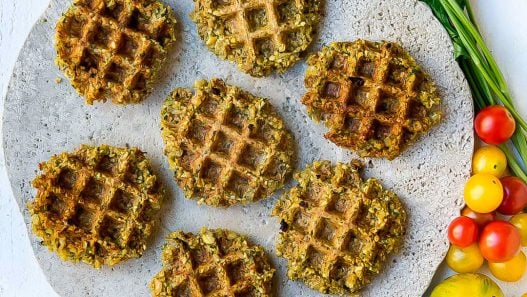

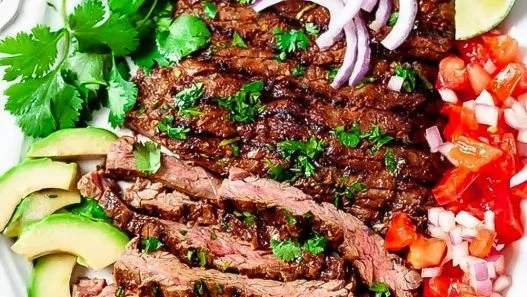


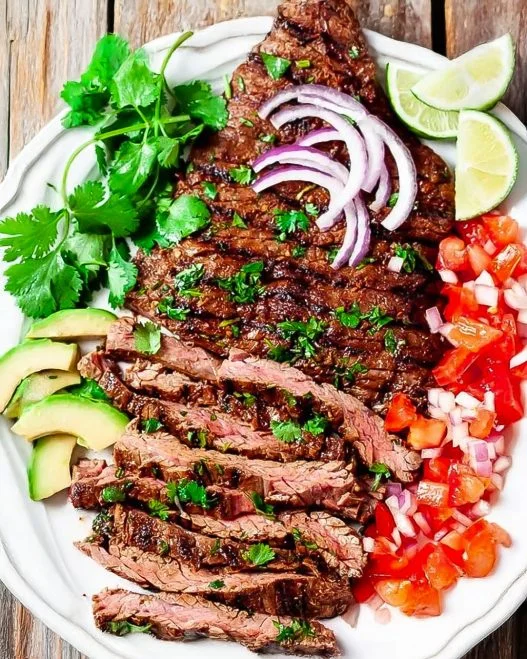
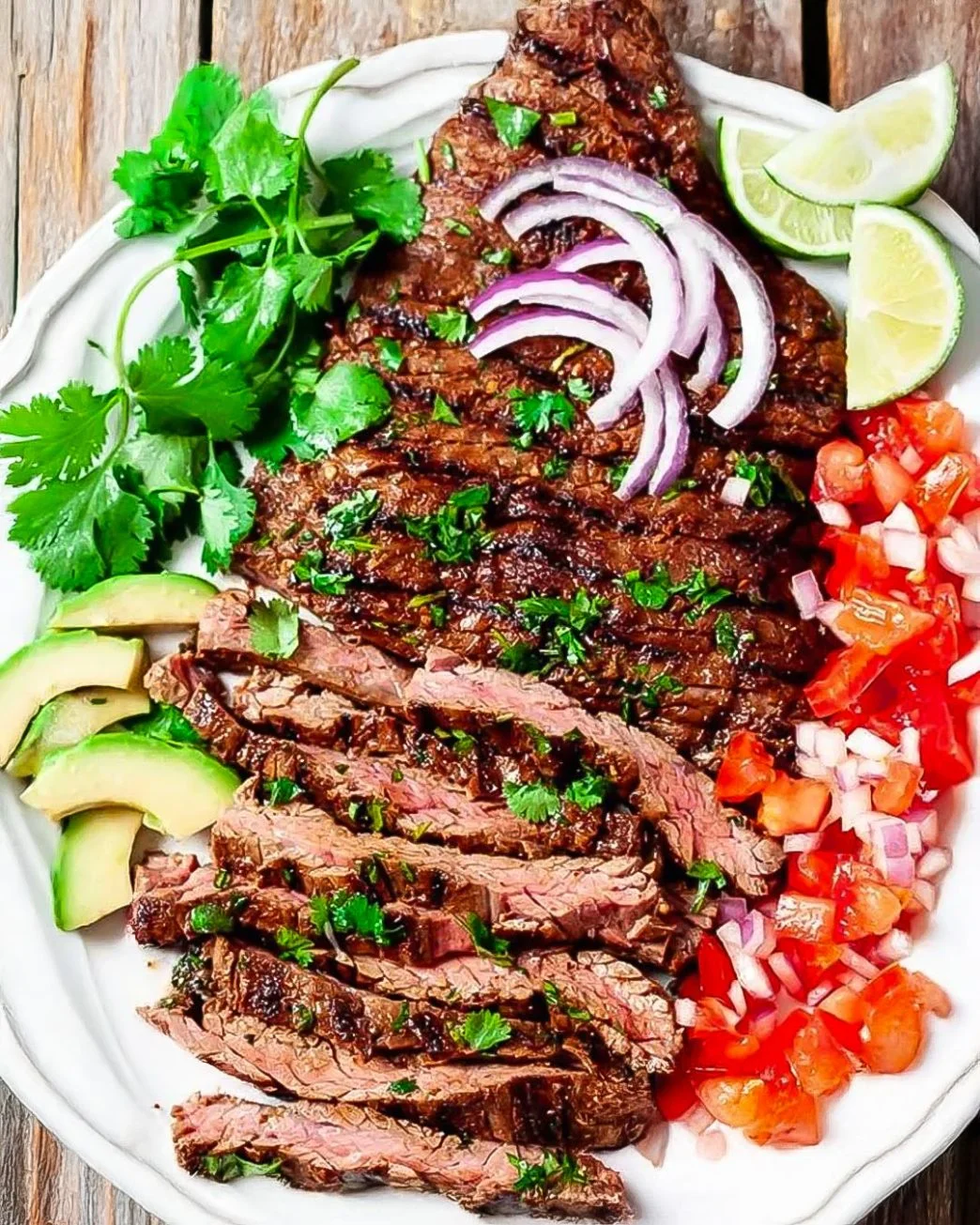
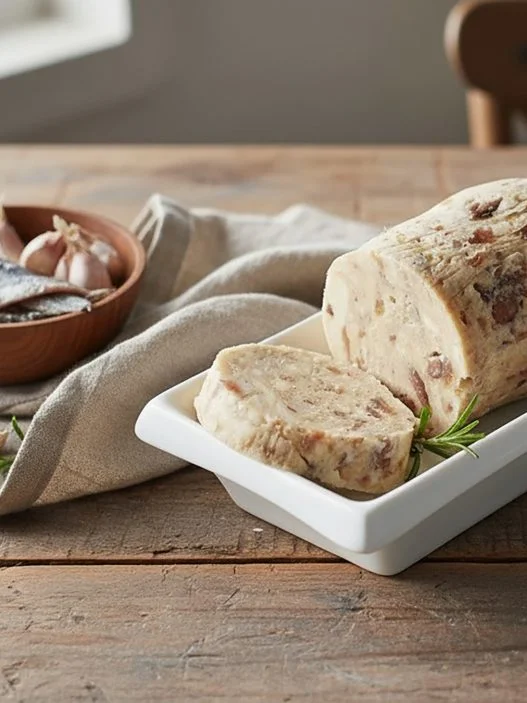
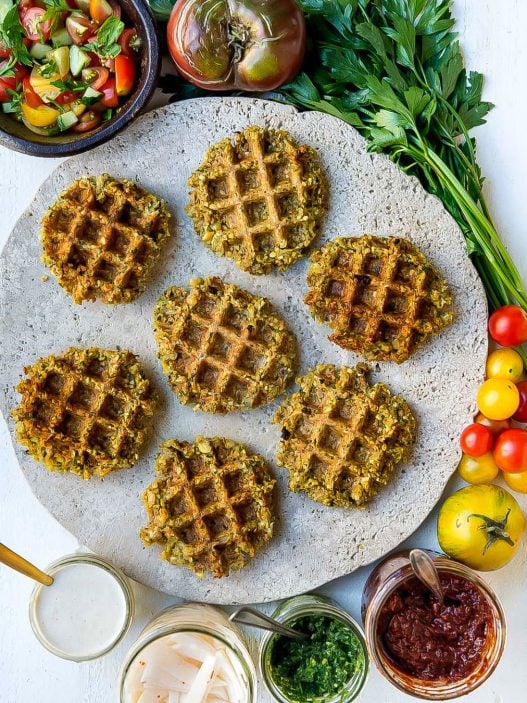


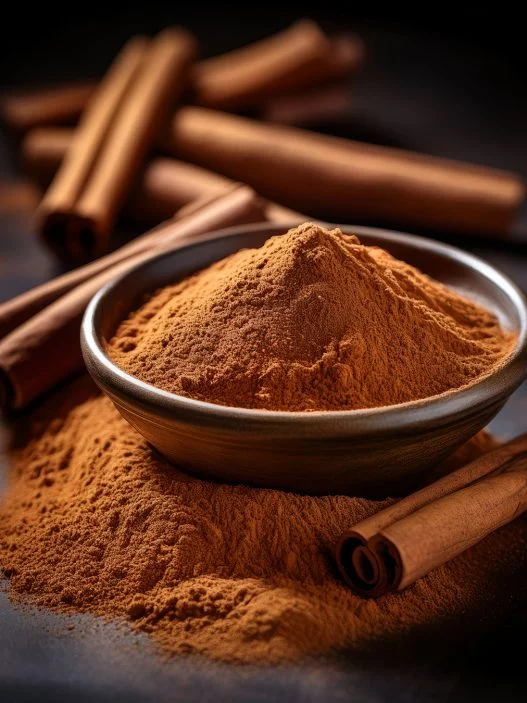



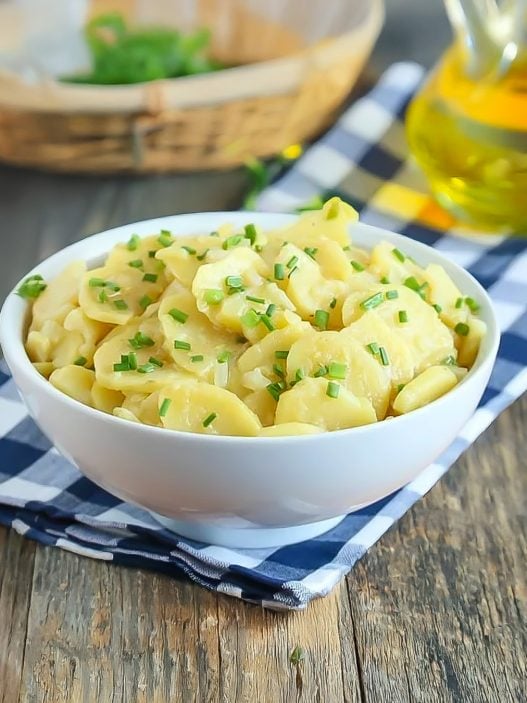
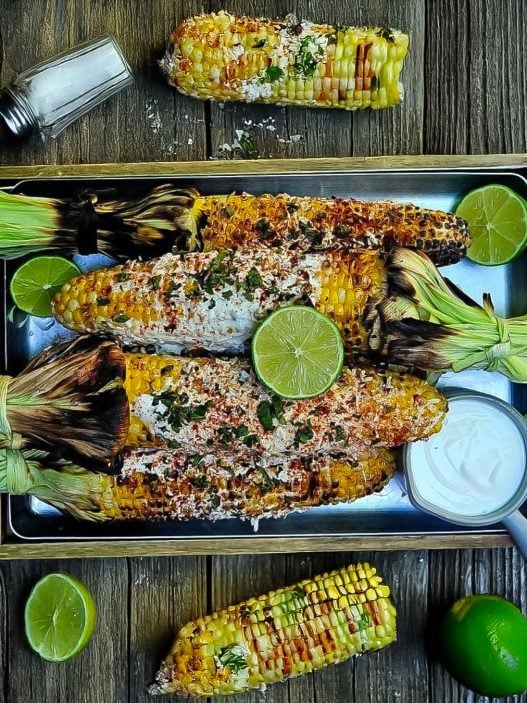
Cooked over charcoal today and let it rest for 10 mnutes before cutting. Was taco truck level quality. A taco truck in Mexico!
Fantastic. Kiwi trick really works! Holy sh&&
Worked super well on a cast iron pan since it rained. Lots of smoke but worth it.
I grew up in Sonora and we always used flour tortillas for carne asada. Tried your marinade and it’s spot on.
Great breakdown of the science. Kiwi is a smart touch — more people should know this. Thanks!
The resting and slicing tips were game changers. Turns out, I used to always cut it wrong. Yiiiiiikes!
Made this last night; the kiwi trick really works. My husband usually complains flank is too chewy, but not this time!!!